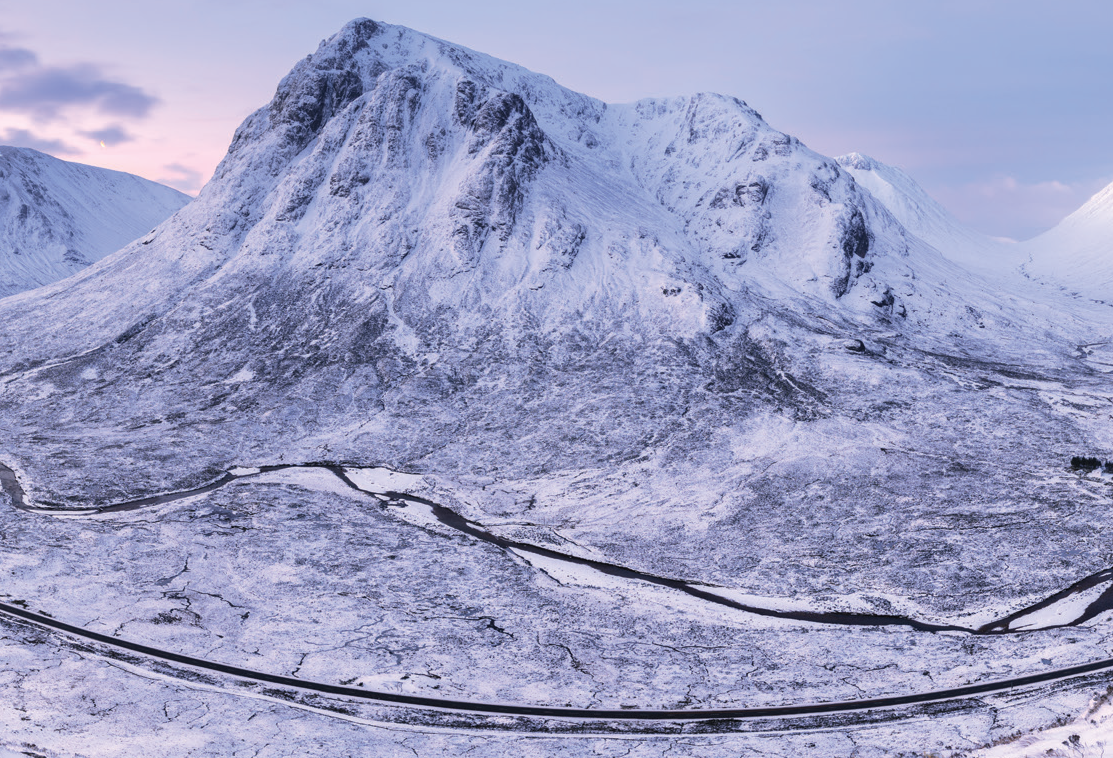

Discover how the National Winter Service Research Group improves the performance and resilience of the UK’s winter service operations
Join other savvy professionals just like you at CIHT. We are committed to fulfilling your professional development needs throughout your career
With snow and ice warnings issued for large parts of the UK, how prepared is the highways industry to deal with winter? The tried and tested guidance from the National Winter Service Research Group (NWSRG), should help. Its Practical Guide for Winter Service has been available for several years.
The guide helps highway authorities make the preparations to keep their roads ready for winter, covering key areas such as planning, de-icer types, salt storage, treatment methods and technologies, spreader management, decision-making, and precautionary salt spread rates, as well as a detailed section on footways and cycleways.
Cold hard guidance
The NWSRG is keen to embed the guide by sharing good practice examples of its use, with a review being considered to ensure the guidance is up to date. This update is likely to include new chapters on the Internet of Things and the use of car data in delivering winter service operations.
In addition, the NWSRG has launched its 2024-28 business plan, amended its constitution (separating the local/national government side from the commercial side) and will hold a roadshow in 2024.
With the acceleration of changes in technology, it’s fascinating to hear Carol Valentine, chair of the NWSRG, explain where the sector is likely to be going in the future.
“We have kit in the lorry that we didn’t have before,” she says. “For example, in Kent we now have static route updates in our gritting fleet, while other authorities are trialling road surface temperature sensors. Going forward, we are CIHT likely to see the calibration of spread rates based on localised sensor data and delivered dynamically from gritter fleets.”
Knowledge spreading
An exciting development for the winter service community is fleet data from cars. Many vehicles gather a lot of data and there’s scope to use that within the public sector. Carol explains this is already happening but thinks it will only increase going forward.
“When you combine a lot of car sensor data and apply AI, machine learning and edge computing then things can move forward rapidly, evolving winter service operations,” she says.
However, there is a need for confidence with any adoption of new technology, especially when there are safety risks. For the NWSRG, this is a key element for decision-making; the need to be confident that you have the right information.
“We are risk-averse in winter service because if it goes wrong, somebody could die on the road,” says Carol. “You want to make sure that when you make the decision to put salt down, you want to keep the road network safe.”
Another element for winter service is the need to operate sustainably, minimising the impact on the environment. From electric gritters to optimising the level of salt, the sector is embracing the need to reduce emissions and its impact on the environment.
“The more you target the salt, the less you use,” says Carol. “The sustainability agenda is critical.”
BE PREPARED
Download the NWSRG’s Practical Guide at bit.ly/NWSRG-Guide

{{item.AuthorName}} {{item.AuthorName}} says on {{item.DateFormattedString}}: